Fashion reaches every corner of our life, and no matter how fast you run: it gets you. We are not talking just about those fancy pants that you keep in the closet since you were 15 -don’t throw them away: they are going to come back at some point. We are also talking about trends in other areas like interior design or cars and, of course, food trends. Retro is always welcome, and we want to review the best moments of food trends during the last decades.
How it started: 40s and 50s

The 40s and 50s were hard for most countries around the world after the II World War. In the United States, the 50s brought some economical changes. The war was over, and suddenly it was time to spend some money —sometimes called The Golden Age of American Capitalism— in some traditional, easy values, like home and family. Ads will play a main role in a context of change in the consumer’s behaviour. Factories and technology that produced armament began to make home appliances and other household goods.
The social network
Barbecues became very popular, and so it happens with any social event with food. They were even a way to show certain economic status. It was the golden age of the sandwich too, and can food would become another must-have at home. These cans would sell more due to marketing and time-saving than for being nutritious or tasty. That’s the magic. Golden years for the carbs: the potato was the queen, like meat, something that not many people could enjoy during the war.
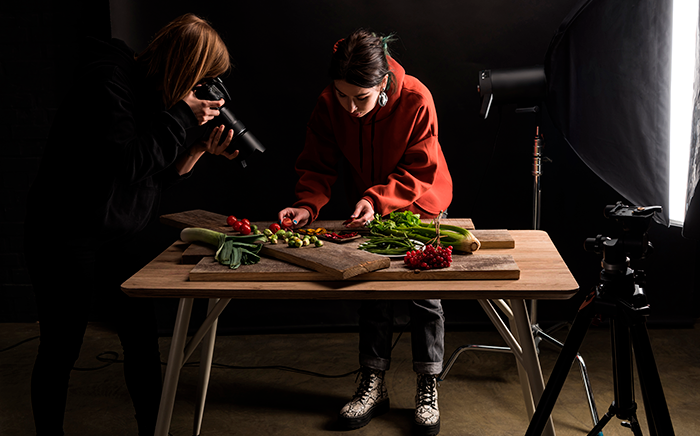
Colours and countries
The kitchen’s decorations and dishes will also change: colours will be everywhere, like the chess floors. Menus had large portions of food, and the desserts were garnished with a lot of fruit, vibrant jellies and everything you can imagine.
With immigration, many countries began to use new ingredients and dishes from different cultures, as it happened in North and South America with Asians or Italians. The big wars were also a good chance to cross-culture between countries. But the problems among nations were still there, and many of them limited the products trade. Groceries around the world changed from local products to a wide variety of food available.
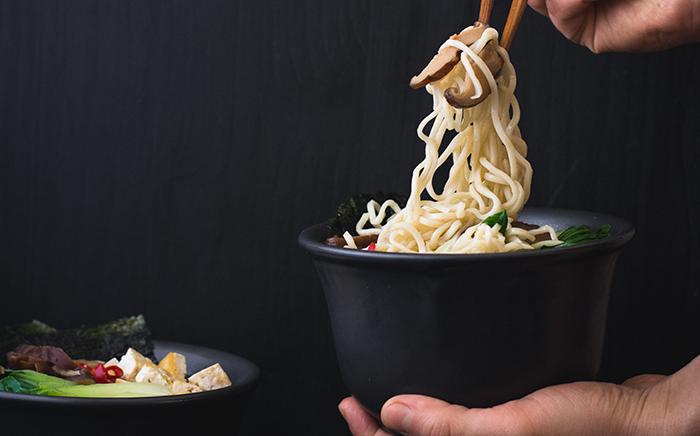
The 60s: from the countryside to the city
In many countries, people (workers) migrated from the countryside to the cities and other countries, as we have seen. This fact would bring many recipes, thought to eat under the sun with extreme temperatures while working on the fields, to the life of the cities. A food trend with a lot of calories served for people with different working routines and workloads.
Food management
People will try to get the most of every single crumb on the table. They created most of the recipes with cheap products —like potatoes or other root vegetables—, meats —if they had the chance—, and tried to make them last for several meals. Efficient kitchen management and an anti-food-waste policy were created during these years in most countries, whether they liked it or not.
Home appliances

Not every home had home appliances like refrigerators at home at the beginning of the 60s. Many electrical goods were not available for everybody, and they were a whole revolution for everyday life. Most of the appliances were around since the beginning of the century but, they improved during the 60s with technology and design, like electric hobs and ovens models or some built-in appliances, making them more convenient.
From the 70s to the 80s: children and celebrations
The new decades brought some economic stability to families. The food and beverage industry business was growing up. TV commercials were extremely popular, and some 80s ads became iconic with celebrities, like Michael Jackson. Probably, if you look at the pictures of your birthday and other parties at home, they look like a Pedro Almodóvar film because the colour and that kitsch style were still part of the furniture. And so were the food trends.
Breakfast and snacks for children
It is hard to believe we didn’t develop obesity (or diabetes) looking at what we used to eat when we were children. Sugar was the key to many children’s diets. The healthy and organic concept of the food is more from the 2000s —you could choose what to eat or not, but the info was there. Extremely salty snacks, chocolate cream with loads of sugar to keep the children awaken for three days, or any fried food and cold cuts (meat everywhere) was the norm. Cereals were everywhere at breakfast, and the fast-food culture arose. Who could thought we were ending up as adults trying to develop our palate to taste wine and cheese.
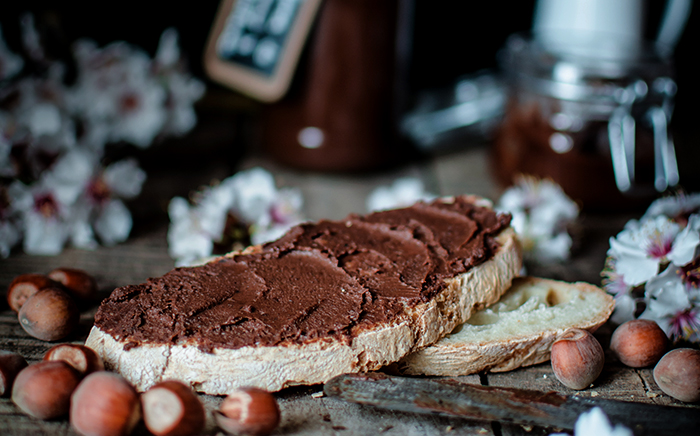
Birthdays, weddings and holiday celebrations
Celebrations are perfect to look at what was going on during those years —we should be glad there were not TikTok then, by the way— and the family pictures are perfect to know a bit more about food trends.
Party food trends included quiches (not bad), jellies with anything inside you can imagine, cheeseballs and, of course, the prawn cocktail, a starter that was still popular during the 80s. Dips were also a must in many parties, made out mostly of bacon and cheese. Pasta salads or salads and puddings with several layers were a must too on many tables, as well as fish puddings or those mini wieners wrapped in bacon. With the 90s knocking on the door, all these beloved appetizers changed, but the main ingredients remained, and we had to say goodbye to scary dishes shaped like animals and fruit skewers.
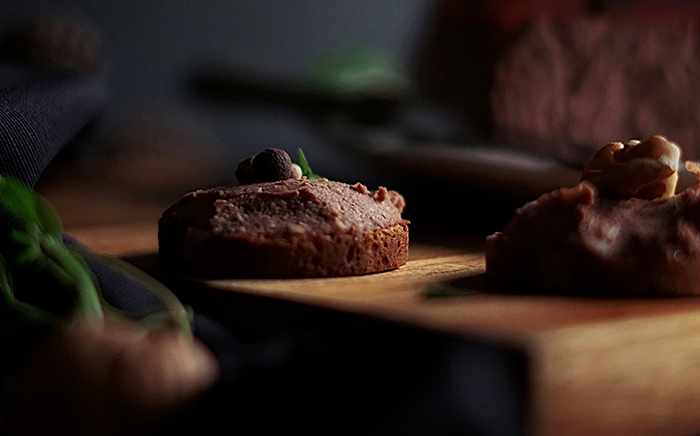
Weekends and Sundays were “special” days for food (actually, we like to think they still are) because most families could sit together to enjoy a meal. There was something good, different and better on a Sunday table, from roast meats to chicken or turkey, with mashed potatoes and other home food delicacies like stuffed things. Austerity was the law the rest of the week, but Sundays were different. You could even get a pizza or some fast food outside.
The 90s are here
Pizza and fast-food franchises were everywhere by then, as well as many different restaurants from every corner of the world began to be popular in many Western countries. It was the end of the Cold War, and capitalism began to spread over the Earth. Lunchables, snacks, or funny flavour sodas were also part of the food trends. The concept of junk food was born and processed food was familiar to many people.
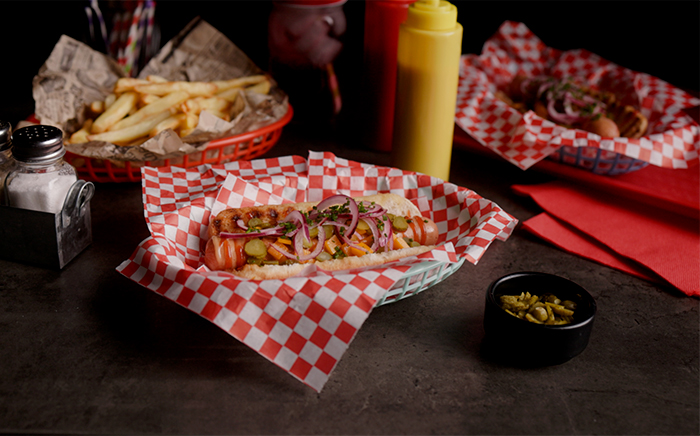
Love for cooking and food came back in the 2000s until today. We experimented with a new interest in traditional food, and we also began to enjoy cooking and discover new, healthy recipes in the kitchen. Portions have become smaller, plates bigger, and from 2010 to 2020, we experienced the feeling of being chefs at home. Mediterranean diet and exclusive food experiences at renowned restaurants were part of the food trends, and we have fallen in love with avocado and local markets again.
Cooking today is more than ever a pleasure, and the kitchen is a place to enjoy. It is a small universe full of possibilities that has turned the food into art. Special mention to all those mothers and grandmothers that worked so hard and for so many years in the kitchen. Cooking is an act of love and a different way of looking at history through dishes we have enjoyed over the years.

